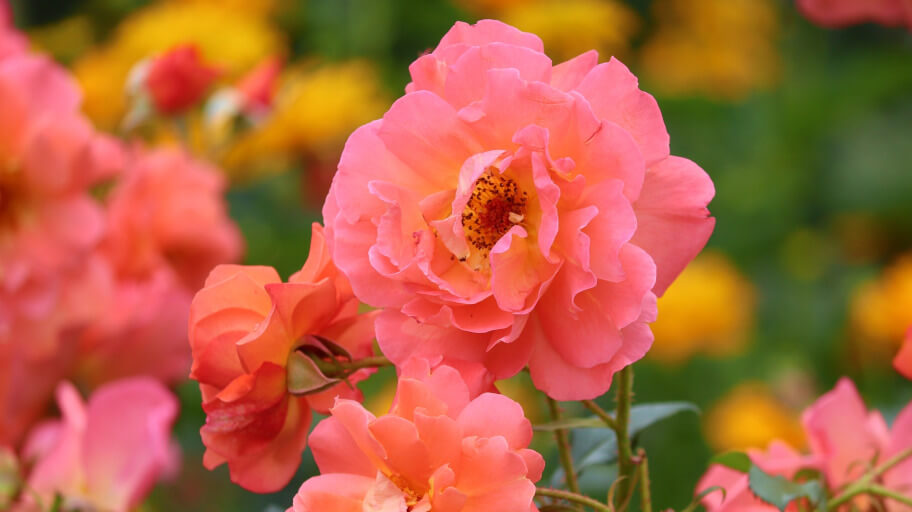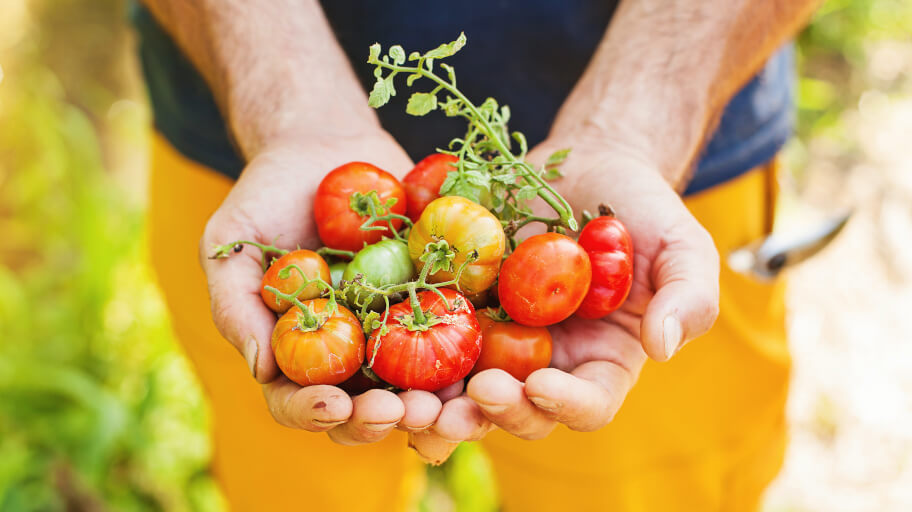
Most people equate permaculture with gardening, but in fact the movement is more philosophical than horticultural. Gardening is simply one of the areas permaculture can help to improve results.
Before we go into more deeper tutorials on how you can use permaculture to create more from less, we need to acquaint ourselves with the basic principles of permaculture. These principles also serve as a step by step guide on how to approach and understand the mindset of the permaculture movement.
In this article:
- Observe and interact
- Catch and Store Energy
- Obtain a Yield
- Apply Self-Regulation and Accept Feedback
- Use and Value Renewable Sources and Services
- Produce No Waste
- Design From Patterns To Details
- Integrate Rather Than Segregate
- Use Small And Slow Solutions
- Use and Value Diversity
- Use Edges and Value The Marginal
- Creatively Use And Respond To Change
Observe and interact
The first step is to observe nature, the systems, and relationships in it, to better understand how it all works and what you can use to your advantage. Without damaging these systems of course. After all the goal is to cause minimal ecological impact.
Aside from that this will help you figure out how to plan your garden for best results.
- Know how much sunlight every part of your garden receives during different times of the day.
- Know how water moves around your garden, where does it drain, and how often you get rain in your area.
- Pay attention to what types of weeds pop up on your lot. Weeds are not always detrimental to your garden.
- Wind currents and drafts are also important to note since those play a part in a plants development.
Catch and store energy
The idea behind the permaculture principle of catching energy is simple: Store resources while they are abundant to use them in times when they are sparse. Here are some examples to illustrate the point better.
- Setting up a rainwater tank.
- Using materials that store heat during the day and release them at night.
- Setting up solar panels or wind turbines to generate electricity from practically nothing.
Obtain a yield
One of the simplest. Just make sure the work you put in produces literal and figurative fruits. After all this is the simplest way to know what works and what not, and is a very important step to self-sufficiency. Just think about how much money you could save growing your own food.
Apply self-regulation and accept feedback
This has to do with the first principle. Self-restraint is needed to successfully adopt natural systems without breaking the balance. Feedback here is used in the sense that whenever there is something wrong in natural balance, changes occur. Like global warming as a result of heavy industry for example. Observing this feedback is essential.
Use and value renewable sources and services
Using nature’s abundance to restrict consumption of non-renewable resources. The perfect example for this is using a bicycle instead of a motor vehicle. Not only can it often be faster than a car (no traffic jams, greater freedom to choose your routes), but it costs you next to nothing in maintenance, and has a positive effect on your health.
Produce no waste
Recycling, recycling, recycling. Throw nothing away that can be used to some end. Making compost out of organic waste, repurposing an old pair of unusable boots into planters, using dried up plants as mulch, the list goes on. Think about what exactly you are throwing away and why.
Design from patterns to details
Incorporating the observed patterns of nature in our solutions and filling in the details pertaining to the situation as we go. Or more generally put working from big to the small just like you would with the sketch. You have a base design and principle on which you further elaborate as you work.
Integrate rather than segregate
Often times with gardening, in particular, we tend to sort plants by their purpose or produce. However, it’s better to find ways to incorporate them in each others microsystems and promote harmony instead of keeping them away. Some plants provide protection to others, some enrich the soil with certain nutrients that others need. This is again connected to the first principle of observing natural systems.
Use small and slow solutions
You know the saying “The bigger they are, the harder they fall”. Here the sense is that working small and slow you can better observe how the systems you’ve created develop and more easily introduce correction in them without having to start over. Small and slow systems are easier to maintain than big ones, making better use of local resources and produce more sustainable outcomes.
Use and value diversity
By diversifying your garden (having in mind the principle of integrating rather than segregating) and creating a self-sustaining system you minimize or outright eradicate eventual threats to your garden. The form defines the function, so by setting up a diversified microsystem you have more factors accounted for.
Use edges and value the marginal
The motto of this principle is “Don’t think you are on the right track, just because it’s the well-beaten path”, with the idea being that often when there is a better innovative solution to a situation or problem we will choose the well known one. This is a very human trait, but that’s the idea of the principle. Do not do something just because of tradition or because everyone else does it. Be a pioneer, a trailblazer for your community!
Creatively use and respond to change
The notion that our future depends on ourselves. This is where it all comes full circle. Knowledge gathering, awareness and mindset are nothing if we don’t take action. We should not get perplexed by changes, good or bad, but learn from them and teach ourselves better to understand the patterns. And then continue looping through these 12 principles. They are specifically designed to work like that.
Need help with the gardening tasks?
We are here to take the work load off you!







